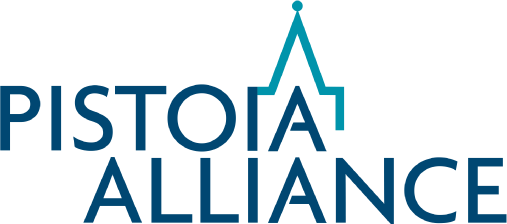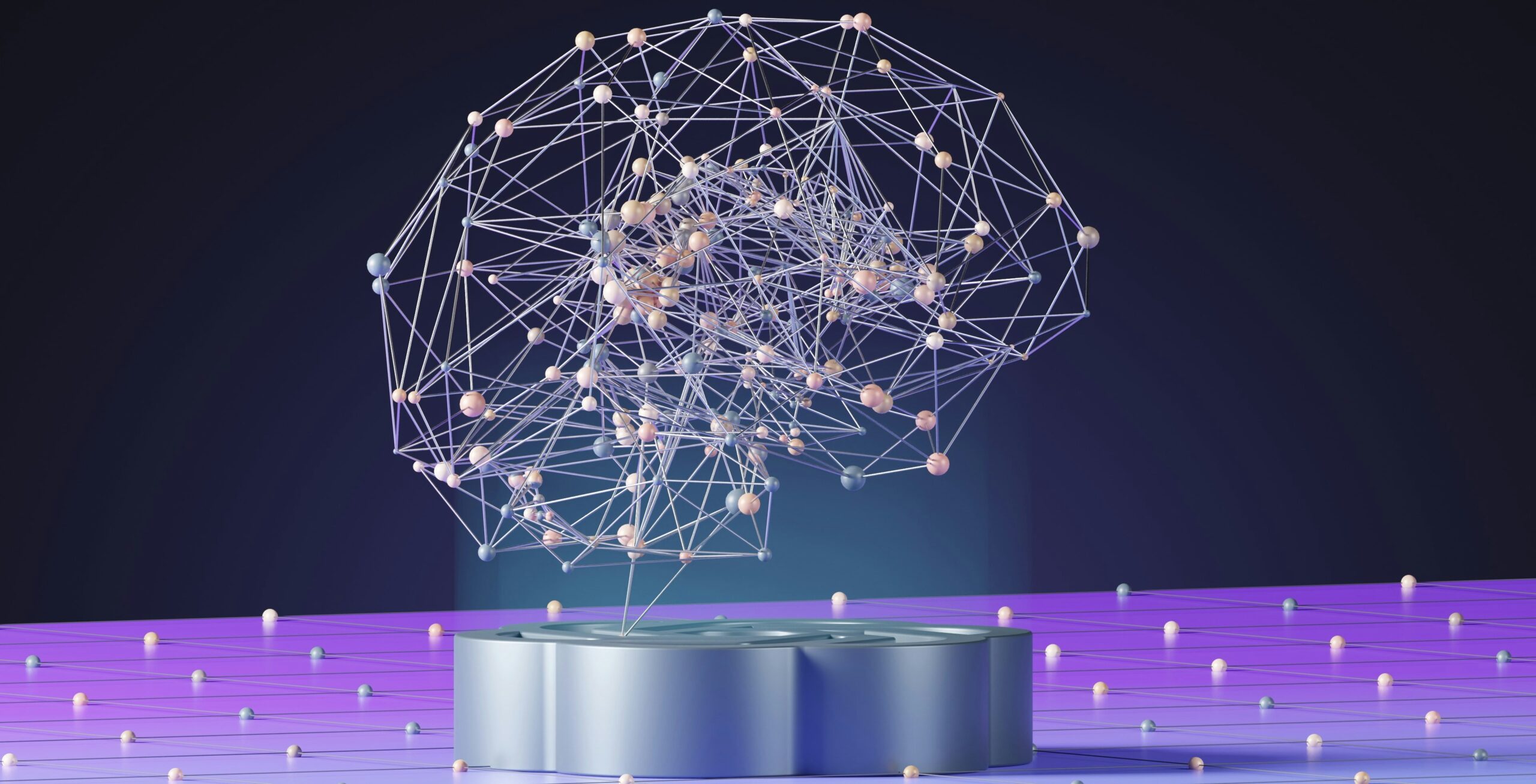Date Submitted: 25-11-2024
Author: Jian Dai
Idea Originators (and Companies): Jian Dai (Genenech)
Identified Funders: Genentech
Strategic Priority: AI
Email Rob Gill, Pistoia Alliance Project Manager, for more information
Summary
If team A develops an AI agent application agent-A, and team B develops an AI agent application agent-B, what is the minimal set of information that agent-A and agent-B should exchange such that these two AI agents can work together on the same project? To address this question, we need a standard AI agent-agent communication protocol.
Problem Statement
Since the release of ChatGPT, pharmaceutical companies have increasingly developed AI applications powered by large language models (LLMs) to assist with various stages of the drug development pipeline. However, many of these applications are designed for specific use cases without an overarching integration strategy. Meanwhile, in larger pharmaceutical companies, AI applications may have been pursued and developed in a decentralised manner, and AI talents may also be distributed acrossorganisations.
Oftentimes, implementing a monolithic development strategy is impractical, aside from high-level guidelines such as responsible AI use. Consequently, these AI systems often work in isolation, which limits their full potential. And there lacks a mechanism to foster synergy among AI developers within the organisation.
Addressing these two issues is crucial because a well-integrated AI strategy can enhance collaboration, streamline processes, and accelerate the drug development lifecycle. This leads to more efficient and effective healthcare solutions.
Idea Proposal and Value Proposition
We have observed three phases of evolution in these applications:
- Chatbots: Simple interfaces that use LLMs directly for business tasks.
- Advanced Solutions: Utilising LLM application frameworks such as Retrieval-Augmented Generation (RAG) and Function Calling to address challenges like hallucinations.
- Agentic Enhancement: Improving LLM applications with agent-based systems to achieve better reasoning and planning capabilities.
We strongly believe that the next phase in the evolution of enterprise LLM applications is to create a framework that links diverse and heterogeneous AI agents into a network. This approach consists of two steps:
- Design and implement enterprise AI applications as AI Agents with specific, well-defined roles.
- Connect AI Agents into an enterprise network where they communicate and collaborate with each other and with humans to achieve business goals.
Our proposal includes two key components:
- Agent-Agent Communication Protocol: Establishes guidelines for how AI Agents interact and work together.
- AI Agent Standard: Defines the roles and functions of AI Agents.
Our approach addresses the common issue of isolated AI applications. Connecting AI tools into a cohesive network maximises their value, leading to improved quality of outputs, enhanced time efficiency, and significant cost savings throughout the drug development lifecycle.
The industry-level impact of our approach is profound:
- The future workplace will feature both Human-AI and AI-AI interactions.
- The future workflow will include both human coworkers and AI Agents.By adopting an AI Agent network, various stakeholders—including researchers, clinicians and patients—will benefit significantly. This advancement will enable the pharmaceutical industry to fully realise the potential of artificial intelligence, driving significant advancements in healthcare.
Targeted Outputs
We anticipate producing:
- Whitepapers or guidelines on the AI-agent communication protocol including the agent specs
- Open source reference implementations
- Publications
Example Use Case(s)
Data curation involves multiple steps to transform clinical study data into harmonised, anonymized, and analysis-ready datasets for exploratory analysis. By employing an AI agent system, the efficiency and quality of this curation and integration process can be significantly enhanced. For instance, in our specific use case, the agent system will streamline the data curation and integration workflow.
AI Agents can automate tasks such as data cleaning, normalisation, anonymization, and validation, ensuring that datasets are consistently prepared to high standards. This added value is evident in several key areas: substantial time savings due to automation, cost reduction by minimising manual labour and errors, and improved quality and consistency of the curated data. This ultimately accelerates the research process, enabling faster and more reliable insights, which can be critical for timely decision-making in clinical research and development.
Other Relevant Information:
Comparison of related frameworks:
- In scenarios involving straightforward, linear workflows, simplifying an agent-agent collaboration framework can enhance efficiency and reduce complexity. One strategy is to design agents to execute tasks in a predefined sequence, where each agent initiates its operation upon receiving a completion signal from its predecessor.
- In scenarios to design and implement a unified multi-agent conversation system, focusing on integrating multiple LLMs and tools within a cohesive system, there have been multiple frameworks such as Autogen, CrewAI, LangGraph, and Atomic AI.
- Our proposal aims at facilitating efficient and dynamic interactions among heterogeneous agents. Therefore, we expect more adaptive communication protocols.

